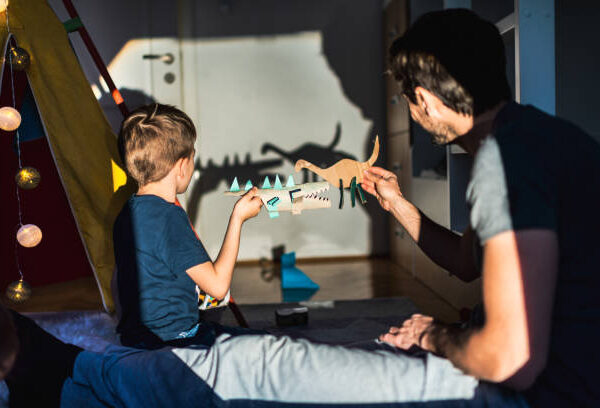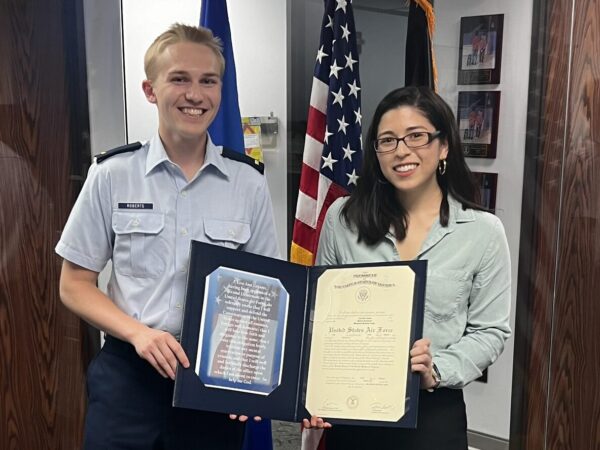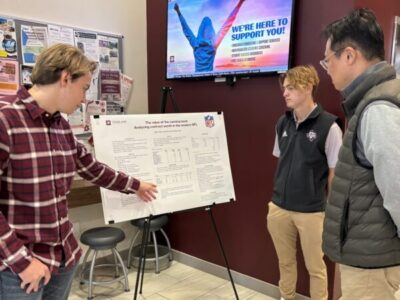Disaster recovery two years after Hurricane Harvey
Two years after Hurricane Harvey made landfall on the Texas coast, thousands of individuals are still dealing with the aftermath.
When Harvey sat stationary over much of southeast Texas for five days, the state saw record flooding with many areas receiving between 40 to 60 inches of rain. 30,000 people were displaced and 200,000 homes and businesses were either damaged or destroyed.
The Federal Emergency Management Agency also estimates 780,000 individuals evacuated their homes. With almost 23% of the population having a disability, nearly 180,000 individuals with disabilities evacuated during Harvey.
While many recovery efforts are still focused on housing, needs are changing and will continue to do so across the 41 federally-declared disaster counties.
Researchers with Project REDD (Research & Education in Disaster and Disability) in the Center on Disability and Development are keeping a close eye on those changing needs. From day one, they have been on the ground and in the communities interacting with individuals with disabilities and those tasked with caring for them.
“We are working on educating disaster and disability-related organizations about the long-term recovery needs of individuals with disabilities. What services were in place prior to the storm need to be in place after” said Dr. Kayla Sweet, research specialist in the College of Education and Human Development. “Let’s say someone’s neighbor went to the grocery store for them and that neighbor has relocated after Harvey, who is going to the grocery store for that individual now? That neighbor provided a social support that also addresses a basic need – food.”
RECOVERY TOOLKIT
On August 19, Project REDD launched the Long-Term Disaster Recovery Toolkit for Individuals with Disabilities. The online resource features an overview of the recovery process and disability information. The toolkit provides information about a wide range of resources including housing, medical and mental health, transportation and mobility, and social relationship supports.
While the online toolkit was created in response to Hurricane Harvey, Sweet says the information and resources can be used by anyone dealing with long-term recovery after a disaster.
“The teams’ goal is to provide a toolkit that could be used at state and national levels. Limited information is available on long-term recovery needs for individuals with disabilities who are impacted by disaster. By providing informational links, resources and services in major areas of need, this toolkit will assist disaster- and disability-related organizations, emergency management, voluntary organizations, caregivers and educators in supporting individuals with disabilities in long-term disaster recovery,” said Sweet.
PROJECT REDISCOVERY
Sweet considers the toolkit a valuable addition to the REDDy Directory, developed immediately following Harvey’s landfall. The directory is an online searchable guide to disability-related resources, services and information for individuals affected by Harvey. Across the year-long project, 178 different resources and services were listed in the directory.
The problem came in disseminating the information to workers, individuals and families that needed it.
That is when Project ReDiscovery was born. Seeing the disconnect, Sweet and Dr. Laura Stough went to work developing a series of trainings on long-term recovery needs they saw.
The goal of ReDiscovery is to provide training, technical assistance and educational materials on long-term recovery services and resources for individuals with disabilities. Free trainings are offered to disaster case managers, disability-related organizations, and community-based partners who serve Harvey survivors.
Over the past year, ReDiscovery has trained more than 1,400 individuals who received educational and informational materials.
“We want to bring everyone to the table. We want the offices of emergency management and disability-related organizations to work together and know about each other and the services offered,” Sweet said.
If you are interested in trainings offered, visit the Project ReDiscovery page.
September is National Preparedness Month. Visit the Project REDD site for preparedness tips for individuals with disabilities.
The REDDy Directory is a project jointly funded by the Association of University Centers on Disability and the Administration on Intellectual and Developmental Disabilities, and maintained by the Center on Disability and Development at Texas A&M University.
The ReDiscovery Project is funded through grants awarded to Dr. Laura M. Stough (PI) at Texas A&M University and Dr. Amy N. Sharp at the University of Texas at Austin by the American Red Cross and The Rebuild Texas Fund in collaboration with the Center for Disaster Philanthropy.
About the Writer
Ashley is the Media Relations Coordinator and responsible for news coverage in the Department of Teaching, Learning and Culture as well as the Department of Educational Psychology.
Articles by AshleyFor media inquiries, contact Ashley Green.
Fundraising
To learn more about how you can assist in fundraising, contact Amy Hurley, Director of Development ahurley@txamfoundation.com or 979-847-9455














